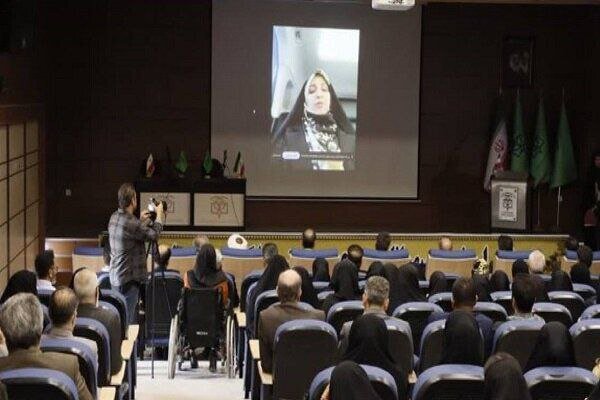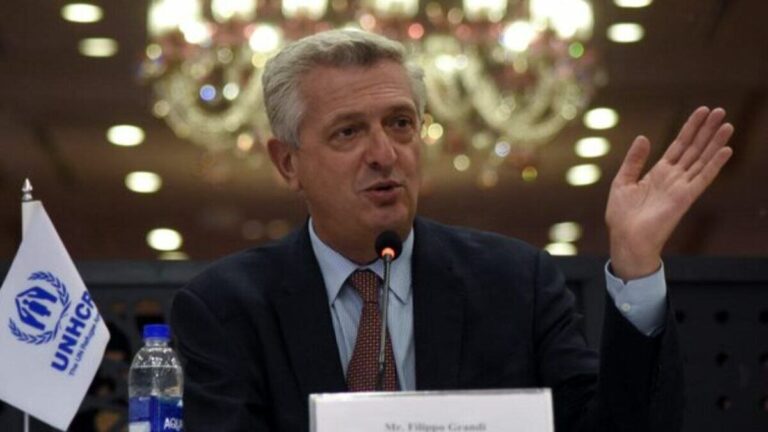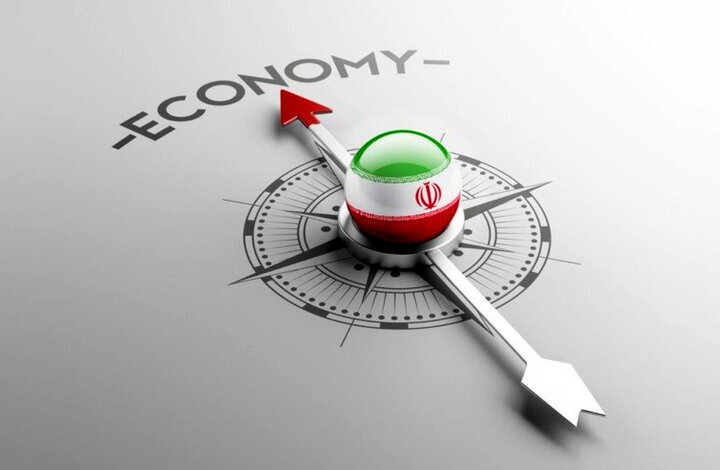Unlocking Potential: How Empowering Rural Communities Drives Economic and Cultural Growth
TEHRAN – In a recent statement, Zahra Behrouz-Azar, the Vice President for Women and Family Affairs, emphasized that empowering rural communities is essential for the economic and cultural advancement of Iran. This perspective sheds light on the critical role that rural development plays in shaping the nation’s future.
During a video conference addressing the event titled “University, Social Responsibility, and Empowering Local Areas,” Behrouz-Azar elaborated on the distinction between villages and local communities. She explained, “The rural areas’ economic activities involve agriculture, animal husbandry, crafts, and natural resources. However, the local community has a broader concept and includes different groups of people, not only in rural areas but also in urban neighborhoods, nomadic areas, and even digital communities. Local communities rely on social interactions, traditions, beliefs, and shared human relationships.”
The Vice President highlighted that while villages focus on essential infrastructure, such as agriculture, animal husbandry, health, and education, local communities prioritize cultural preservation, social interactions, and robust support networks. She noted that only 30 percent of Iran’s population lives in rural areas, warning that rural depopulation could lead to the loss of vital elements of cultural heritage, including art, language, and traditional lifestyles.
Behrouz-Azar called on universities and educational institutions to leverage their resources, knowledge, and modern technologies to tackle the challenges faced by rural communities. She emphasized the importance of enhancing productivity and the quality of life for farmers, particularly highlighting the significant role women farmers play in empowering these communities.
Importance of Rural Development
Villagers and nomads are crucial to Iran’s political, economic, and social fabric, leading to the establishment of October 7 as the National Day of Village and Nomads in 2013. Despite their relatively small population, their contributions to national development are substantial.
- Economic Contributions: While sectors like oil, industry, and services are significant, the rural and nomadic economies are invaluable, providing sustainable resources compared to finite natural resources.
- Sustainable Living: The rural population enjoys cleaner environments, reduced urban pollution, and decreased reliance on oil, positioning them as key players in sustainable development.
- Food Production: Villagers and nomads are primary providers of food, contributing to food security and healthy food production.
- Tourism and Handicrafts: They also play a vital role in the tourism and handicraft sectors, preserving diverse cultures and traditions.
- National Security: Their presence is particularly important in ensuring security in border and remote areas.
Approximately 25 percent of Iran’s population resides in rural regions, generating about 70 percent of the nation’s food supply. Currently, over 90 percent of agricultural and food products originate from these villages. Notably, rural areas contribute 25 percent of the national meat supply and 35 percent of handicrafts, alongside a significant share of organic dairy products, including vegetable oil, milk, and curd.
Beyond agriculture, the rural economy encompasses a wide range of industries, such as:
- Handicrafts
- Creative industries
- Clothing and textiles
- Food processing
- Medicinal plants
- Carpentry and furniture making
- Tourism and ecotourism
- Fisheries
- Carpets and rugs
- Dried fruits
In a move to bolster rural development, the Iranian Parliament, or Majlis, approved a budget of 31 trillion rials (approximately $35 million) for rural development initiatives in the budget bill for the Iranian calendar year 1401 (March 2022-March 2023). According to Akbar Nikzad, head of the Housing Foundation, this allocation will increase the total funding for comprehensive development plans to 42 trillion rials.
The comprehensive development plans are designed to enhance rural areas in alignment with their cultural, economic, and social contexts, improve housing for rural residents, and enhance environmental services.
In conclusion, the empowerment of rural communities is not just a local issue; it is a national imperative that holds the potential to foster economic growth, preserve cultural heritage, and enhance the quality of life for millions of Iranians. As authorities and educational institutions collaborate to address these challenges, the importance of rural development continues to grow, shaping a sustainable future for the country.






